Cérémonie de mariage royal du roi Gojong et de la reine Min (고종명성후 가례 재현행사)
1.3Km 2018-04-13
464, Samil-daero, Jongno-gu, Seoul
• Centre d'appels 1330 : +82-2-1330 (coréen, anglais, japonais, chinois) • Pour obtenir plus d'info : +82-2-766-9090 (coréen)
Dans un effort de promotion de la majesté et la grâce de la culture royale coréenne et présenter une importante cérémonie traditionnelle au public, le gouvernement métropolitain de Séoul accueille la reconstitution d’une cérémonie de mariage traditionnelle du roi Gojong et de la reine Min durant le printemps et l’automne chaque année.
La reconstitution aura lieu au palais Unhyeongung, le site original de la cérémonie de mariage le 21 mars 1866, pour l’empereur royal Gojong et son impératrice Myeongseong. Basé sur des recherches historiques approfondies et des consultations par des conseillers juridiques du palais, l’évènement est organisé pour commémorer l’importance de l’histoire coréenne et pour apporter un éclairage nouveau sur une culture traditionnelle en déperdition.
Programme des évènements: Garye en coréen, fait référence à 1) un mariage royal ou un couronnement du roi ; 2) un mariage ou l’installation formelle d’un prince héritier ou son fils le plus âgé, ou le prince impérial ou son fils. C’est une cérémonie nationale majeure, donc il n’est pas inhabituel que des milliers de personnes soient mobilisées pendant plusieurs mois pour cet évènement. De plus, à cause des procédures strictes et complexes ainsi que les formalités des mariages royaux de la dynastie Joseon, les procédures ont été établies selon un ensemble de réglementations.
Dans tous les mariages traditionnels coréens, le marié a habituellement visité la maison de la mariée et l’amène chez lui. La même procédure s’applique pour le roi. Cependant, les maisons communes ont des espaces limités donc les mariages royaux ont lieu dans un byeolgung, connu comme des palais détachés. Pour le roi Gojong et la reine Min, le palais Unhyeongung était utilisé comme le byeolgung.
La reconstitution du mariage commence avec le eoga haengnyeol, une procession royale dirigée par une bannière arborant les armoiries du roi, le dragon jaune. Après la bannière de l’armoirie, suit la bannière des cinq orientations et autres ornements royaux traditionnels.
Ensuite, vient le bisuchaeg uisik ou l’installation formelle de Min en tant que reine, et le chinyeong, pendant lequel le roi Gojong la prend pour reine. La reconstitution du mariage dure environ deux heures.
Temps forts: Cette cérémonie est l’exacte reconstitution de la cérémonie de mariage royal de la famille impériale Joseon. Elle donne l’opportunité de voir des costumes royaux et le style de vie de la dynastie Joseon. Les costumes royaux traditionnels sont spectaculaires et élégants, et le mariage affiche une telle grandeur et distinction royale. Après la cérémonie, il y a une séance photo donc n’oubliez pas de prendre votre appareil photo.
*La cérémonie de mariage a lieu au printemps (avril ou mai) et en automne (septembre ou octobre).
Musée d’art africain (아프리카미술관)
1.3Km 2022-09-30
24-1, Samcheong-ro, Jongno-gu, Seoul-si
+82-2-730-2430
Le musée d’art africain a été créé dans le but d’accueillir de nombreux festivals artistiques et fournir un espace de recherche sur des thèmes variés. Un principe majeur de la galerie est de promouvoir les oeuvres d’art qui essayent activement d’explorer l’esprit humain.
The Hanok Smith Likes (스미스가 좋아하는 한옥)
1.3Km 2019-11-26
22-7, Samcheong-ro, Jongno-gu, Seoul
+82-2-722-7003
The Hanok Smith Likes is an Italian restaurant that can be found in an alley near the Embassy of the Republic of Poland. The restaurant is famous for serving homemade Italian cuisine in traditional Korean house in Samcheong-dong.
The Smith in the restaurant’s name refers to a Mr. Smith, a virtual person cooks his favorite dishes in a hanok. One of the interesting aspects about this restaurant is that they serve hwadeok pizza (brick oven pizza) and pastas which are not the Korean dishes one might expect given the hanok exterior. They also serve salads, risotto, steak and wine at the restaurant. Particularly, the nighttime atmosphere of the restaurant offers a more serene and cozy experience thanks to the traditional hanok architecture.
Musée des gâteaux de riz (떡박물관)
1.3Km 2021-10-06
71, Donhwamun-ro, Jongno-gu, Seoul-si
+82-2-741-5447
Le musée des gâteaux et articles de cuisine traditionnels expose par thème et usage une collection d’environ deux milles pièces depuis des articles de cuisine en voie de disparition jusqu’aux objets relatifs aux gâteaux. C’est un endroit qui vous permettra de comparer les cuisines et habitudes culinaires d’hier et d’aujourd’hui. La plupart des objets exposés ici ont été taillés, tressés et tissés à la main. Quoique simples, ces articles reflètent divers aspect de la vie du peuple qui y tenait beaucoup. Ce musée évoque souvenirs et nostalgie aux personnes âgées, alors que les citadins et les jeunes générations peuvent y découvrir la vie et la sagesse des ancêtres à travers divers ustensiles de cuisine qui disparaissent de plus en plus de nos jours.
Café de gâteaux de riz Jilsiru (떡카페 질시루)
1.3Km 2020-04-24
30-5, Insadong-gil, Jongno-gu, Seoul-si
+82-2-741-0258
Jilsiru propose d’exquis gâteaux de riz et des petits gâteaux coréens traditionnels faits avec du riz de Gyeoggi et des ingrédients naturels dans le respect de l’environnement. Cet endroit fascinant vous permet de déguster des gâteaux de riz traditionnels et des thés sains, et de profiter de la beauté de la culture traditionnelle.
Jalppajin Memil - Ikseon Branch (잘빠진메밀 익선)
1.3Km 2021-03-19
73, Yulgok-ro8-gil, Jongro-gu, Seoul
+82-70-4531-1214
This is a Korean cuisine located in Jongno, Seoul. Try various kinds of makgeolli. The best menu at this restaurant is dumpling hot pot.
Hostel Tommy (호스텔 토미)
1.3Km 2021-05-27
66, Donhwamun-ro, Jongno-gu, Seoul
+82-2-744-6844
Hostel Tommy is located in the Jongno district, right in the middle of Seoul. The location is within walking distance from some of the major tourist attractions such as Changdeokgung Palace, Samcheong-dong, Insa-dong, Cheonggyecheon Stream, Myeong-dong, and Dongdaemun Shopping Center. Jongno 3-ga Station (Seoul Subway Line 1, 3 & 5) and the Airport Bus Stop are also easily accessible from the hostel, making travel by public transportation convenient. The hostel provides free international calls and wireless internet access to guests. Friendly and helpful staff that speak English, French, or Japanese are always available to make sure guests have a comfortable stay. All rooms have a bathroom, mini-fridge, TV, towels, and a hair dryer. Toast, eggs, coffee, juice and jam are served for breakfast every morning.
Irilju (일일주(日日酒))
1.4Km 2021-03-30
4, Sajik-ro 8-gil, Jongno-gu, Seoul
+82-2-738-1717
It is a delicious restaurant in Gwanghwamun with a good atmosphere. This Japanese (cuisine) restaurant is located in Jongno-gu, Seoul. The representative menu is salmon sashimi.
Gare culturelle de Séoul 284 (ancienne gare de Séoul) (문화역서울 284)
1.4Km 2023-04-26
426, Cheongpa-ro, Jung-gu, Seoul-si
+82-2-3407-3500
L’ancien bâtiment de la gare de Séoul a été conçu par Tsukamoto Yasushi, professeur à l’Université de Tokyo. La construction de la station a commencé en juin 1922 et a été complété en septembre 1925. Avant la construction du bâtiment, la gare de Séoul était seulement un bâtiment en bois à 2 étages (33 m²) appelé « l‘arrêt Namdaemun ». Il était situé entre la gare de Séoul actuelle et Yeomcheongyo et était un arrêt pour la ligne de train Gyeongin (Séoul-Incheon). Le nom de la station est devenu « station Gyeongseong » en octobre 1910 et quelques années plus tard, 3 lignes de trains supplémentaires ont été ouvertes (ligne Gyeongbu en 1904, ligne Gyeongui en 1905, et ligne Gyeongwon en 1914).
Le nouveau bâtiment à 2 étages (niveau inférieur 1 et 1 niveau supérieur) a été construit en bois et en brique avec une toiture en ardoise soutenue par une armature en fer. Le premier étage a été bâtit dans un style Renaissance et le second étage a été décoré avec des briques rouges et du granite.
Après que la Corée ait regagné son indépendance face à la colonisation japonaise, le gouvernement américain a pris le contrôle de la station Gyeongseong (1946) et en 1947, le nom est alors devenu « Gare de Séoul ».
Moonguesthouse [Korea Quality] / 문게스트하우스 [한국관광 품질인증]
1.4Km 2020-09-09
31-18, Samil-daero 32-gil, Jongno-gu, Seoul
+82-2-745-8008, +82-10-8704-9981
The Moon Guesthouse is situated near a number of interesting tourist destinations including Unhyeongung Palace (3min on foot), Bukchon Hanok Village (5min on foot), Changdeokgung Palace (5min on foot), and Changgyeonggung Palace (10min on foot). The guesthouse was named ‘moon’ (‘door’ in English) because it has many 176 doors and windows. Upon entering by the gate, visitors will see a ‘ㄷ’-shaped hanok building in the courtyard, in which a wooden bedstead and a table are placed. On the opposite of the hanok building there is a wall roofed with tiles engraved with Korean patterns such as deer, pine, turtle, etc. Flowers in the flowerbed lined up along the wall are in bloom and the bonsai are also well-kept in the house. Renovated and opened as a guesthouse in September 2011, Moon Guesthouse consists of a bonchae (main building) and a byeolchae (detached house). The rooms are decorated with red clay and hanji (traditional Korean paper handmade from mulberry trees), and have under-the-floor heating (ondol). Each room is equipped with an air-conditioner, and has a 40cm-thick layer of red clay over the ceiling for insulation, making the rooms cool in summer and warm in winter. The house has seven individual guestrooms and five modern bathrooms, but the entire building (bonchae or byeolchae) can be rented, too. In particular, the unhyeondang of the bonchae is very popular as it can be converted into one large space for special events, group workshops, etc. simply by opening all the sliding doors (Bunhapmun – Goryeo construction style). This room, which is decorated with a flower-patterned windscreen, a landscape painting, and calligraphy, has been used as a shooting location for various TV programs including KBS2’s TV reality program Man’s Qualification and its variety show The Human Condition. The guestrooms are also equipped with traditional furniture including a cabinet inlaid with mother-of-pearl. The guesthouse also provides a variety of experience programs from 11am to 3pm, including tea ceremony, wearing Hanbok (traditional Korean clothes), making kimchi and gochujang (red chili paste), playing a traditional musical instrument, making a rubbing of a stone inscription, calligraphy, drawing orchids on a fan, and so on. The house has about seventy hanbok and other clothing accessories, as well as a royal costume. Its calligraphy and drawing orchid programs are run directly by the owner, who used to work as a classical Chinese teacher at a high school.

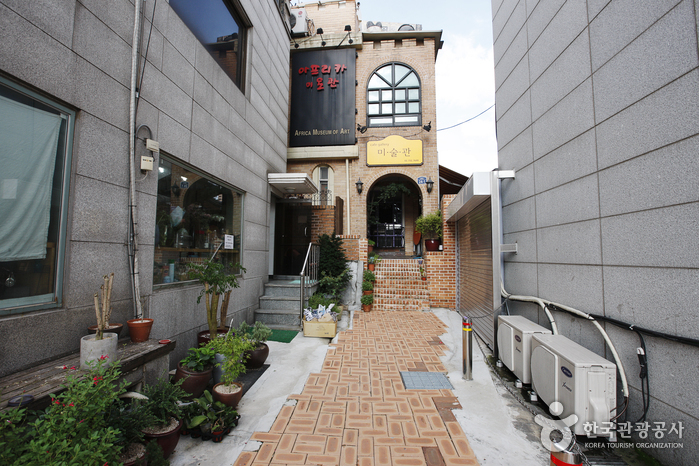
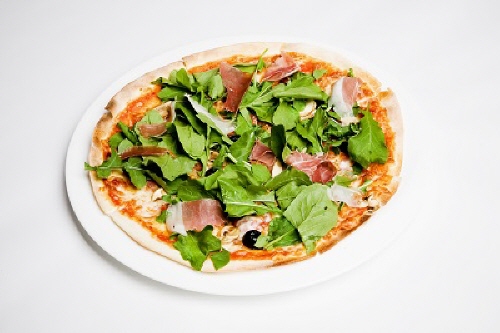
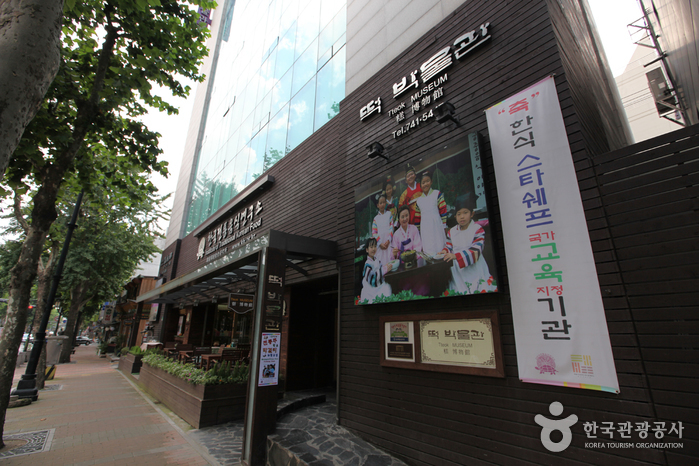
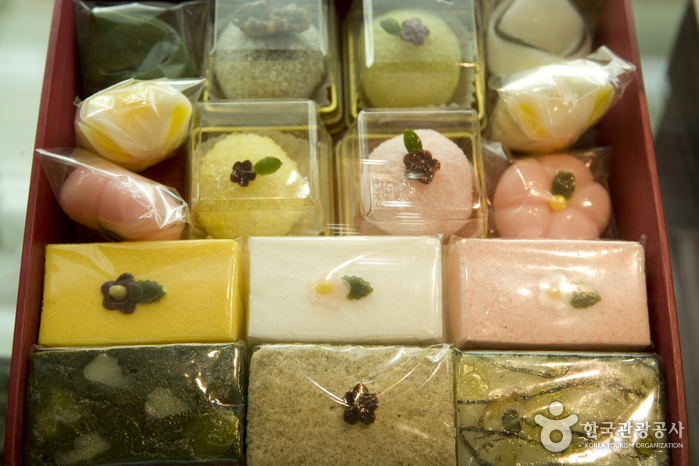
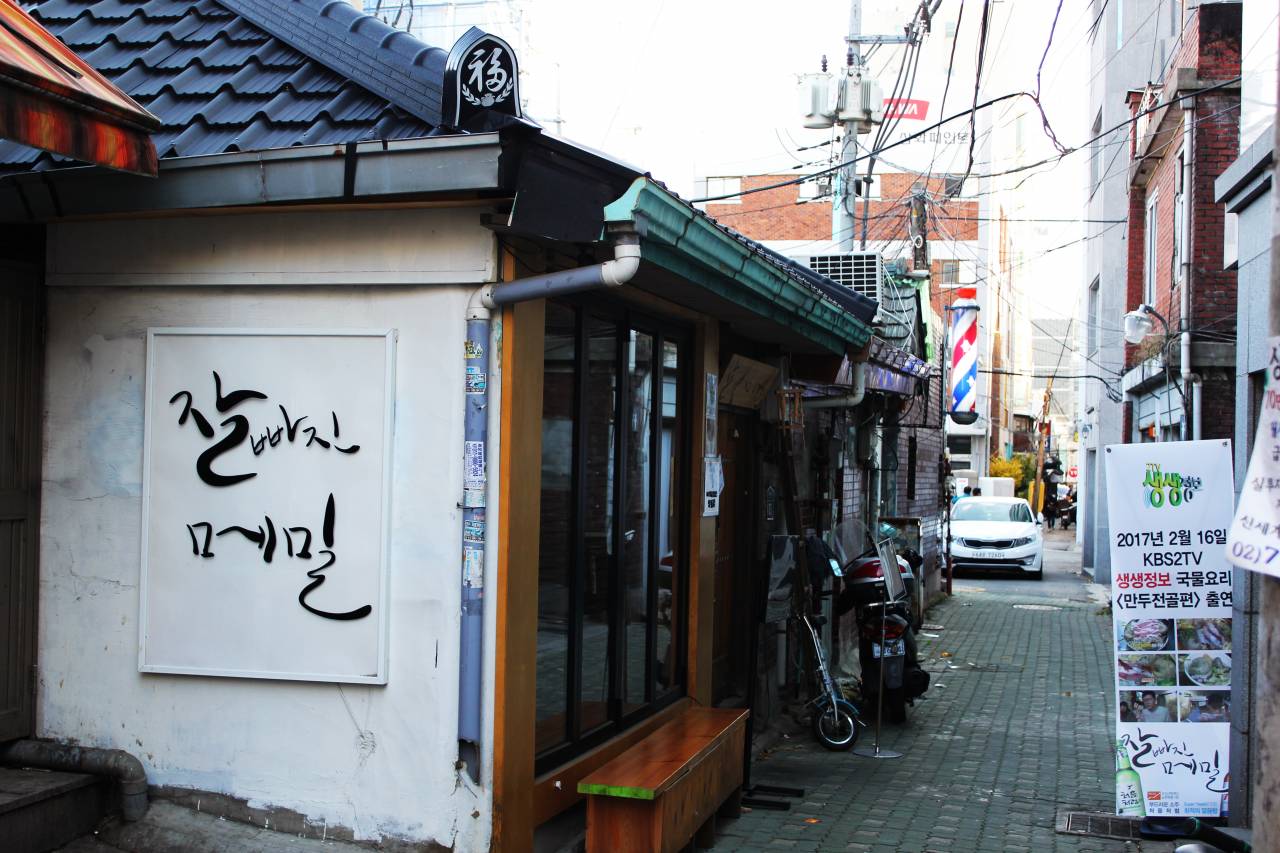
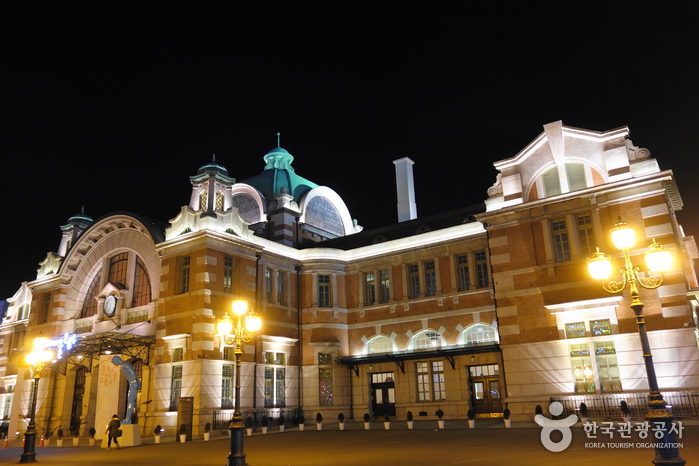
![Moonguesthouse [Korea Quality] / 문게스트하우스 [한국관광 품질인증]](http://tong.visitkorea.or.kr/cms/resource/09/2577509_image2_1.jpg)
 Français
Français
 한국어
한국어 English
English 日本語
日本語 中文(简体)
中文(简体) Deutsch
Deutsch Español
Español Русский
Русский